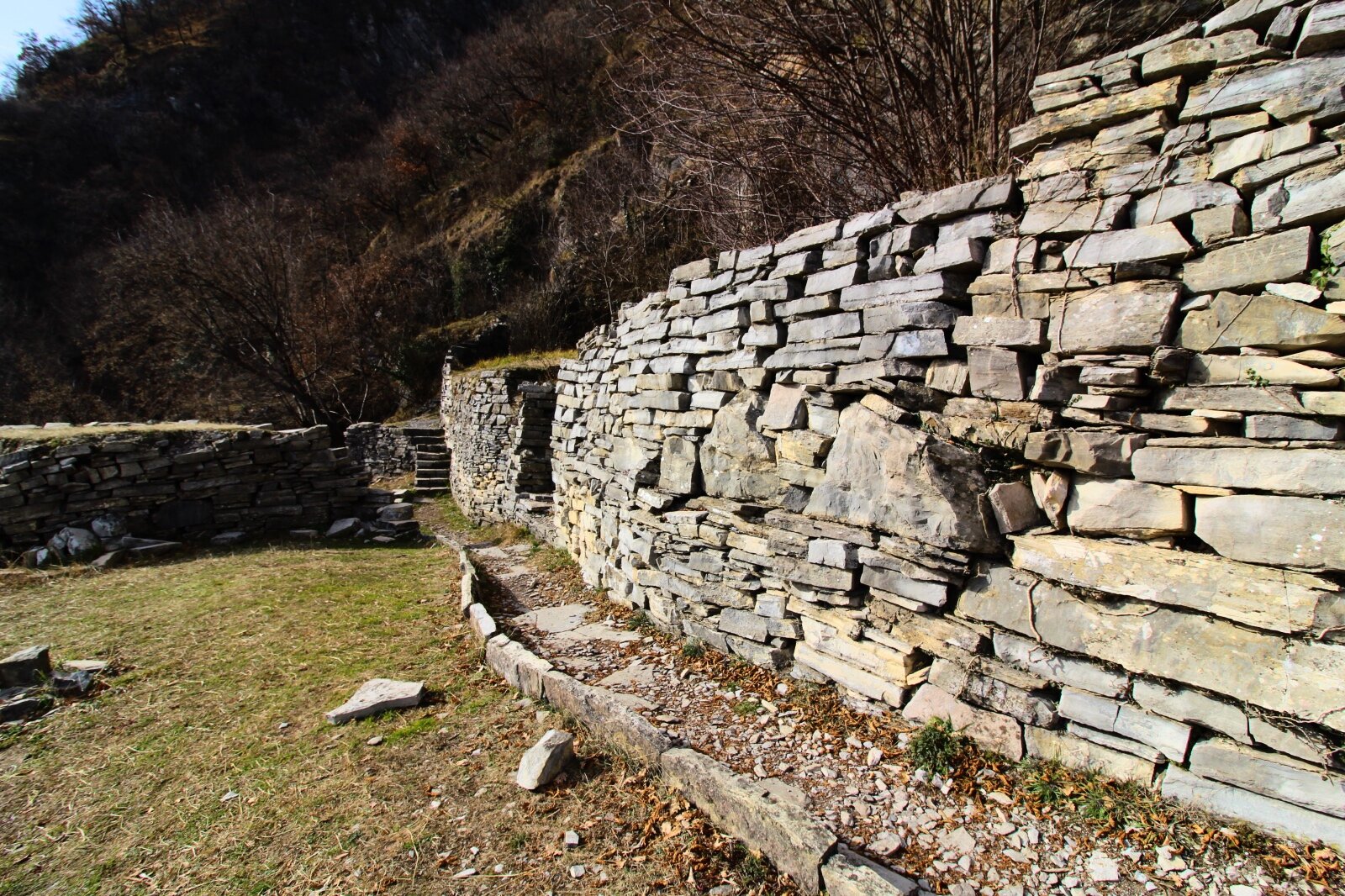The Magic of Stone Quarries: All About Sentee Di Sort Between Cernobbio and Moltrasio
© Lakeside
You all know the Greenway of Lake Como, don't you? That splendid path among villas, lakeside gardens, mule tracks and terraces in the sunny Tremezzina: it’s by far one of the most extraordinary walks you can experience on Lake Como.
Today, however, we want to tell you about another excursion: it’s much less known, shorter than the Greenway, at times a little more wild; in several places it offers a view of a bright, unparalleled beauty. And then, it’s rich in history in its own way: not villas or frescoes, but the dusty voice of Moltrasio stone. For this reason it’s pure poetry.
Continue reading to know more about this magical trail: where it is, how to reach it and what natural treasures you’ll discover along the way!
© Lakeside
Facts and figures
The path in question is called Sentee di Sort: it’s about 2.5 km long (with a difference in altitude of 250 m) and it connects the hamlet of Rovenna (400 meters above Cernobbio) to that of Tosnacco, above Moltrasio.
It’s not a ring route, so you’ll have to do it in reverse once you reach the destination.
The average travel time is 45 minutes; however, it’s very likely that you stop several times to take photos (I challenge anyone not to take one, with a breathtaking panorama like this: the green/blue mirror of the lake and the mountains of the Larian triangle), so calculate about 1 hour overall.
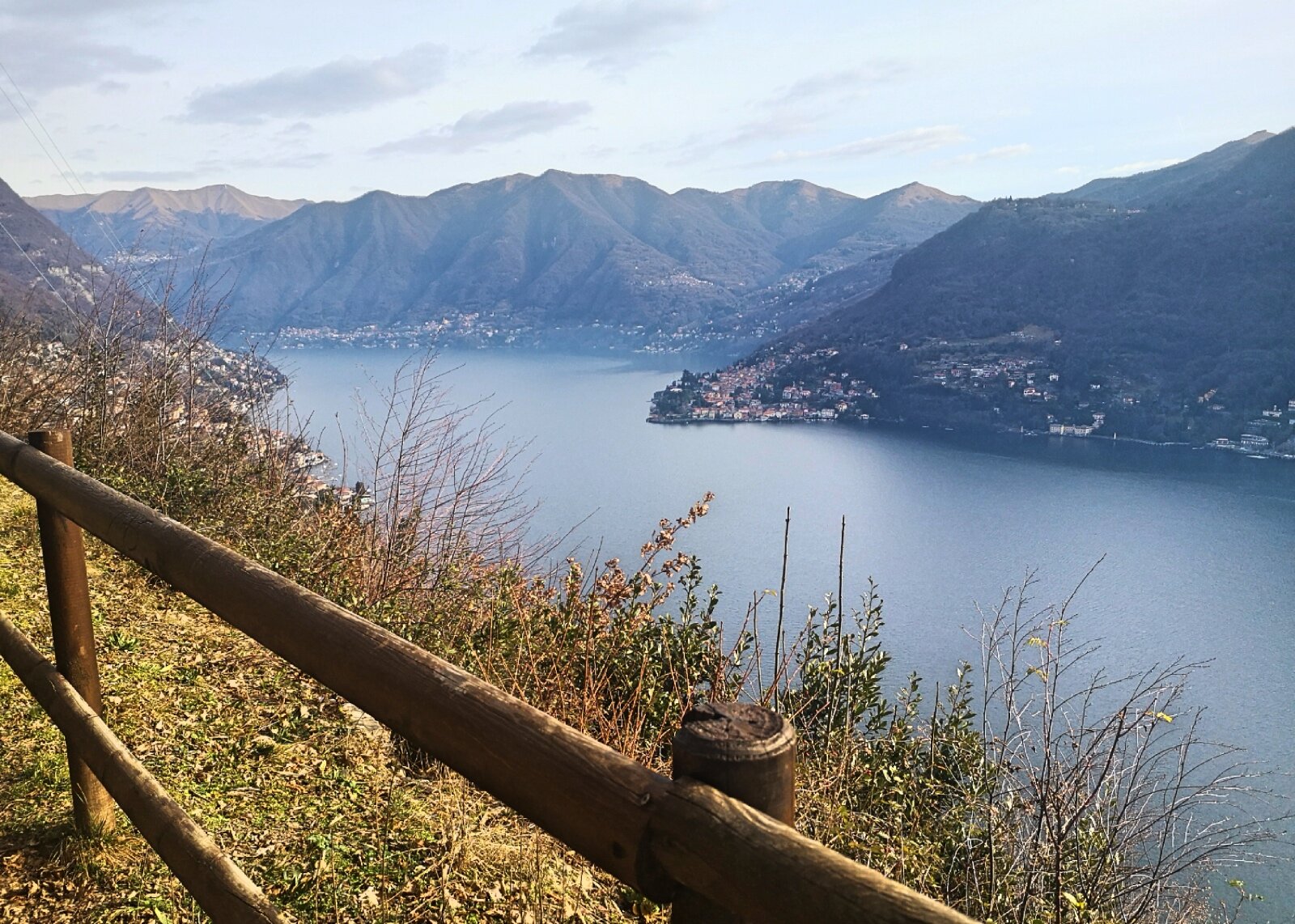
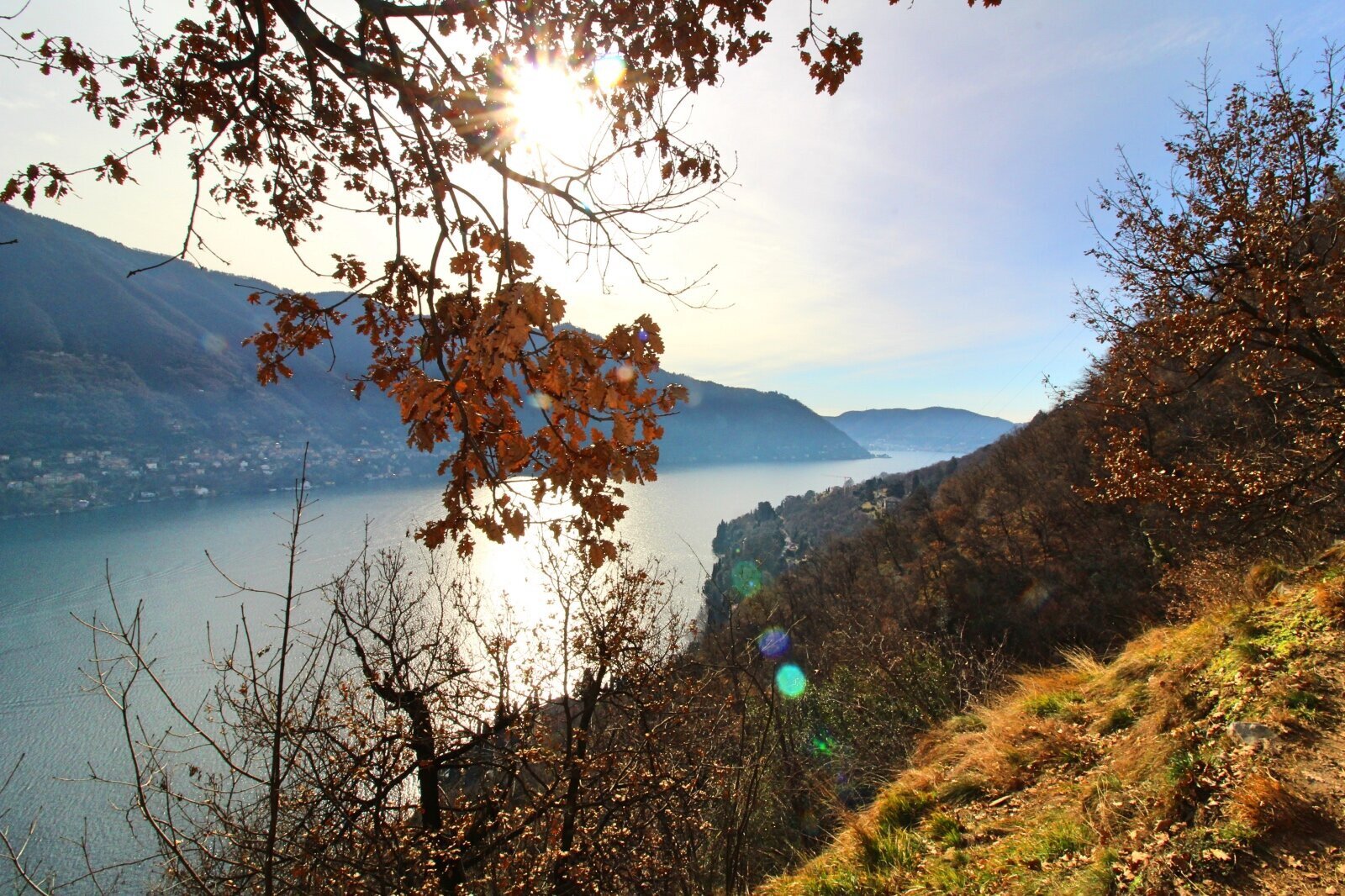
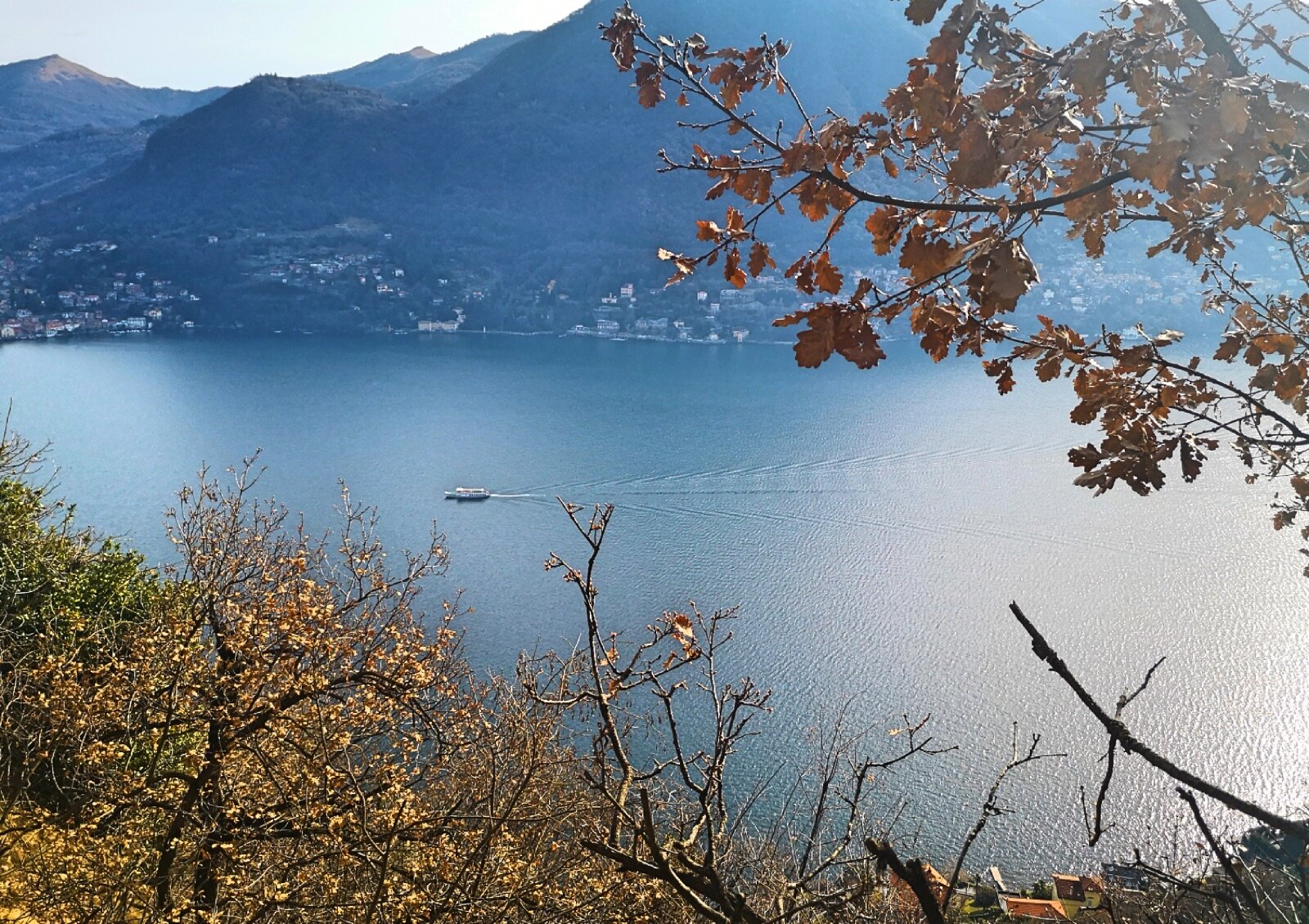
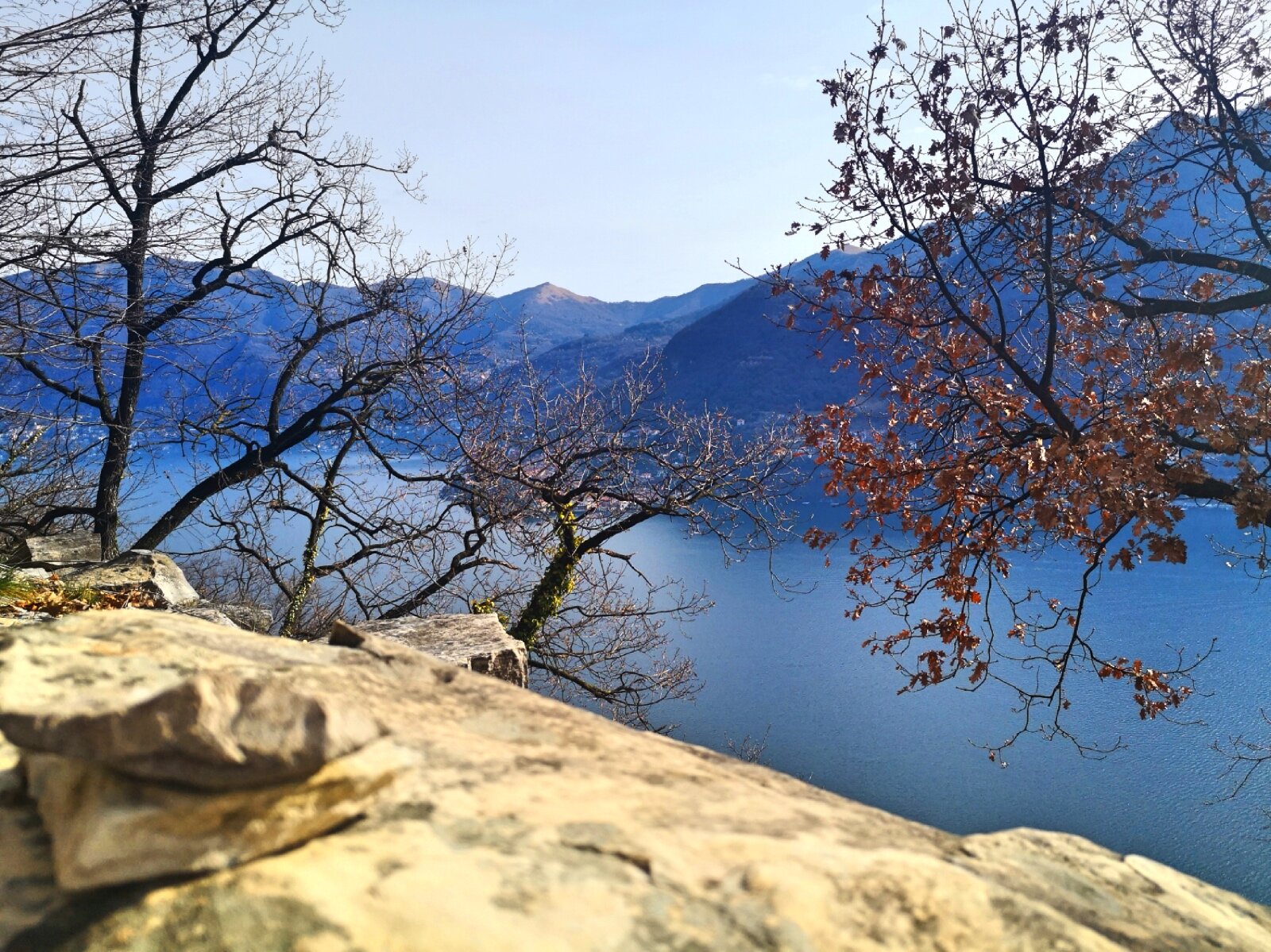
The path is definitely suitable for everyone, including children.
One only caveat: keep in mind that there’s a section secured by chains, rather narrow and exposed. Pay attention here, especially if the the soil is slippery due to the rain.
Finally: how to get to Sentee di Sort? Very simple: from Cernobbio go up to Rovenna hamlet, leave your car in the large parking lot of the cemetery and look for the sign with the indication “Sentee di Sort”.
© Lakeside
What you’ll see
Along the Sentee di Sort you will find several "pieces of history" from our local past, including terraces and charming stone peasant settlements.
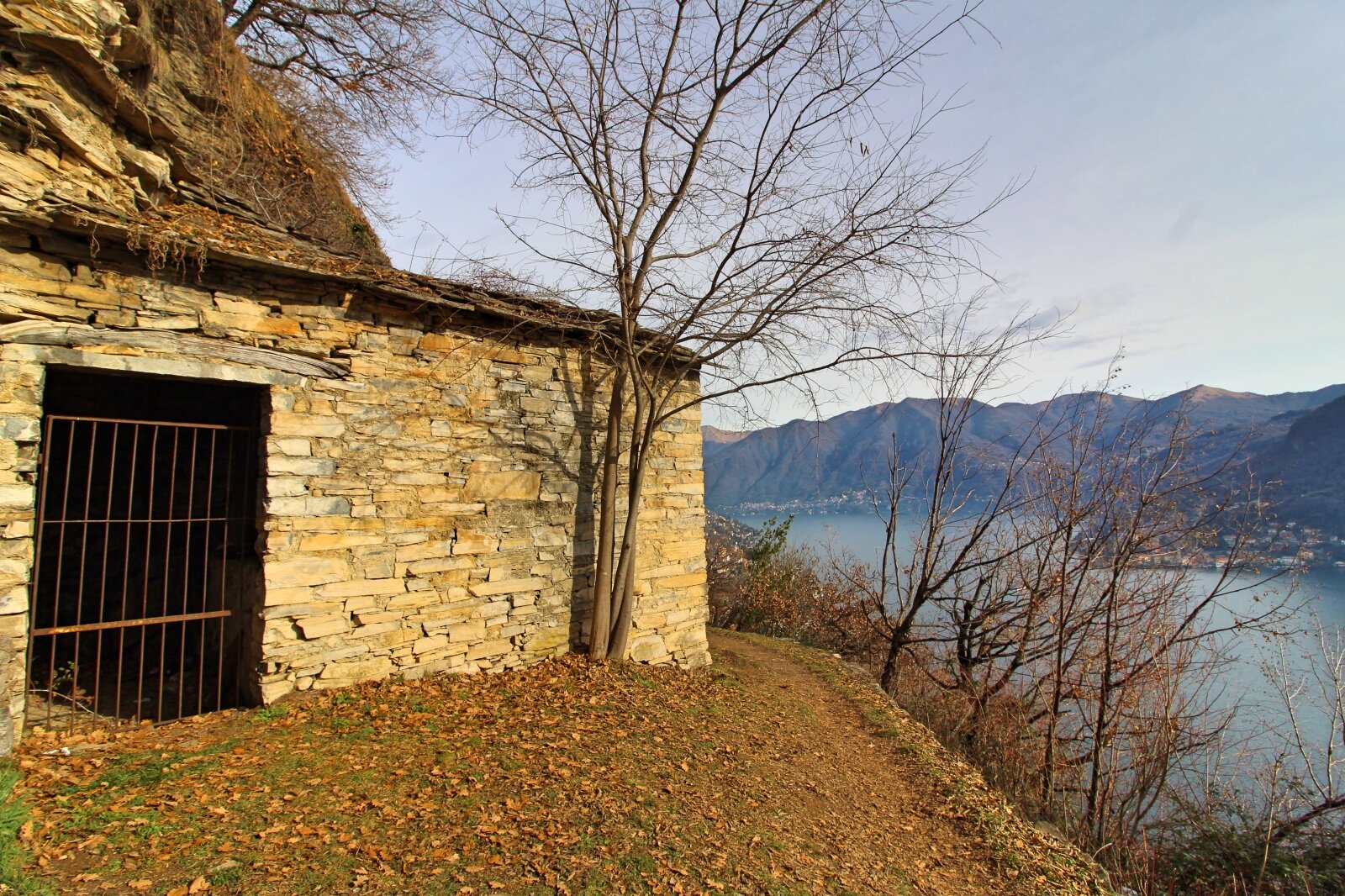
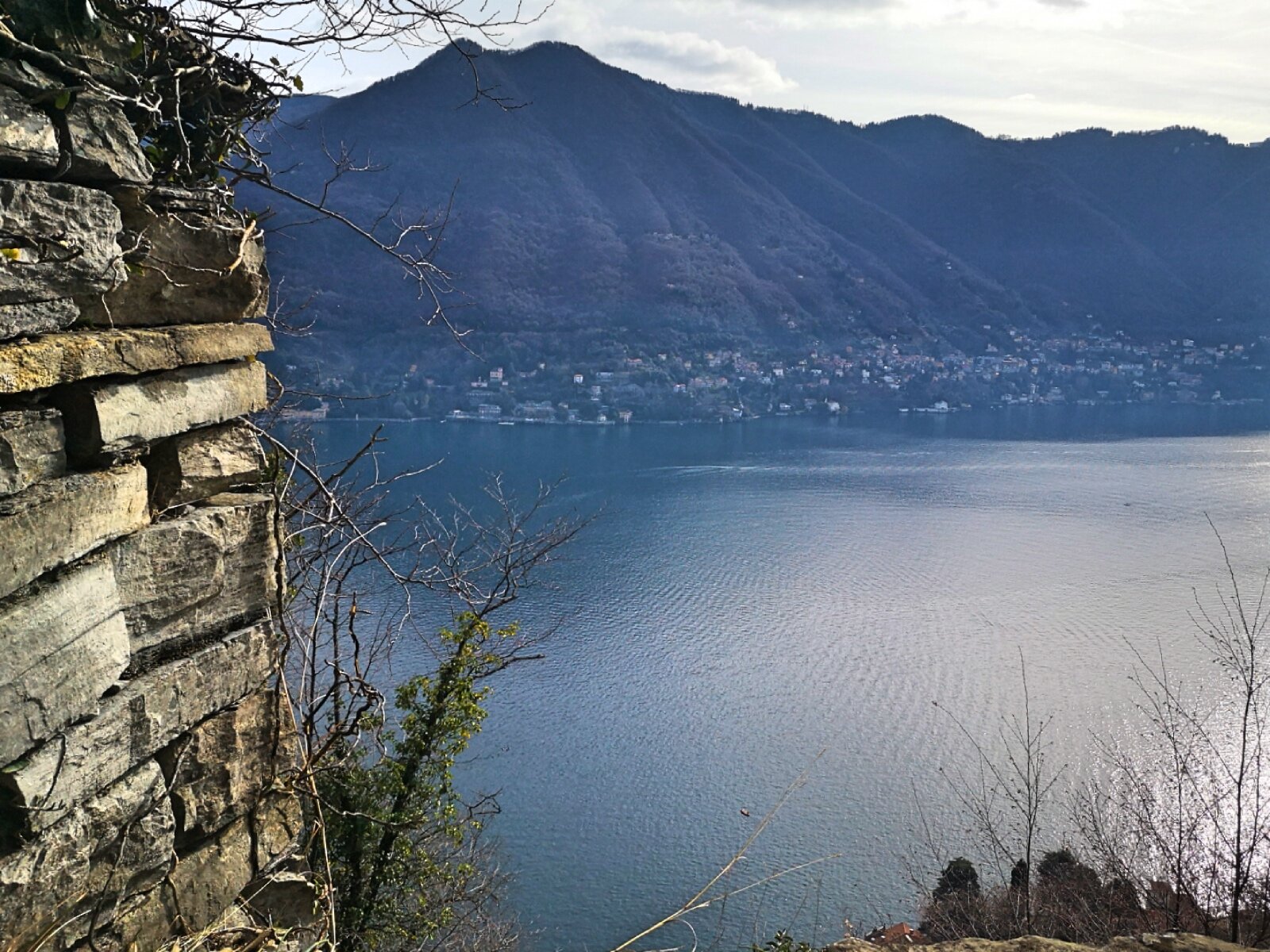
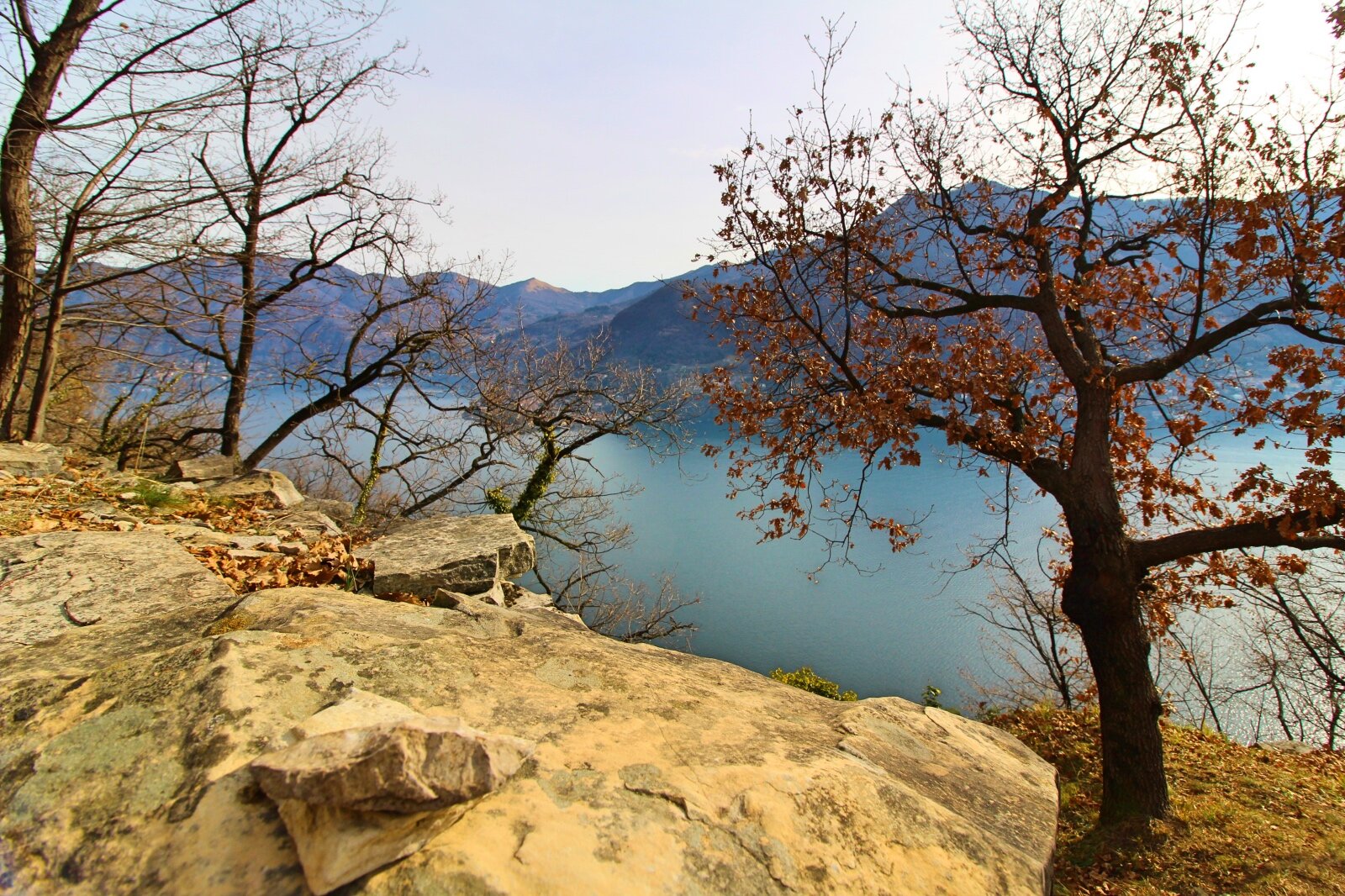
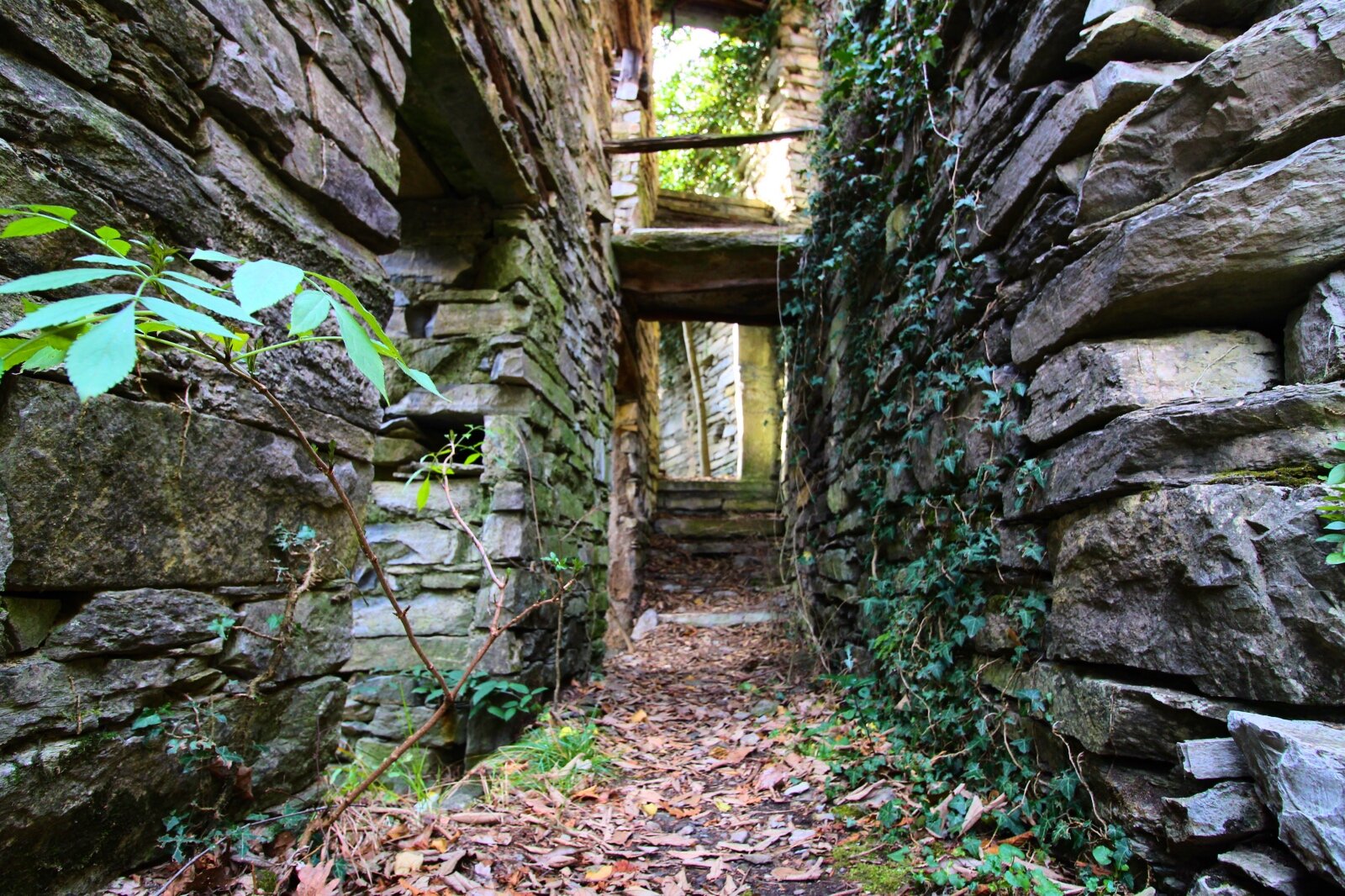
The trail is surrounded by beeches and chestnut trees: here you will retrace the daily path travelled in the past by the quarry workers to reach their workplace. The path, as it gets closer to the stone quarries, is paved with stone of Moltrasio slabs and has solid steps and cantilever passages.
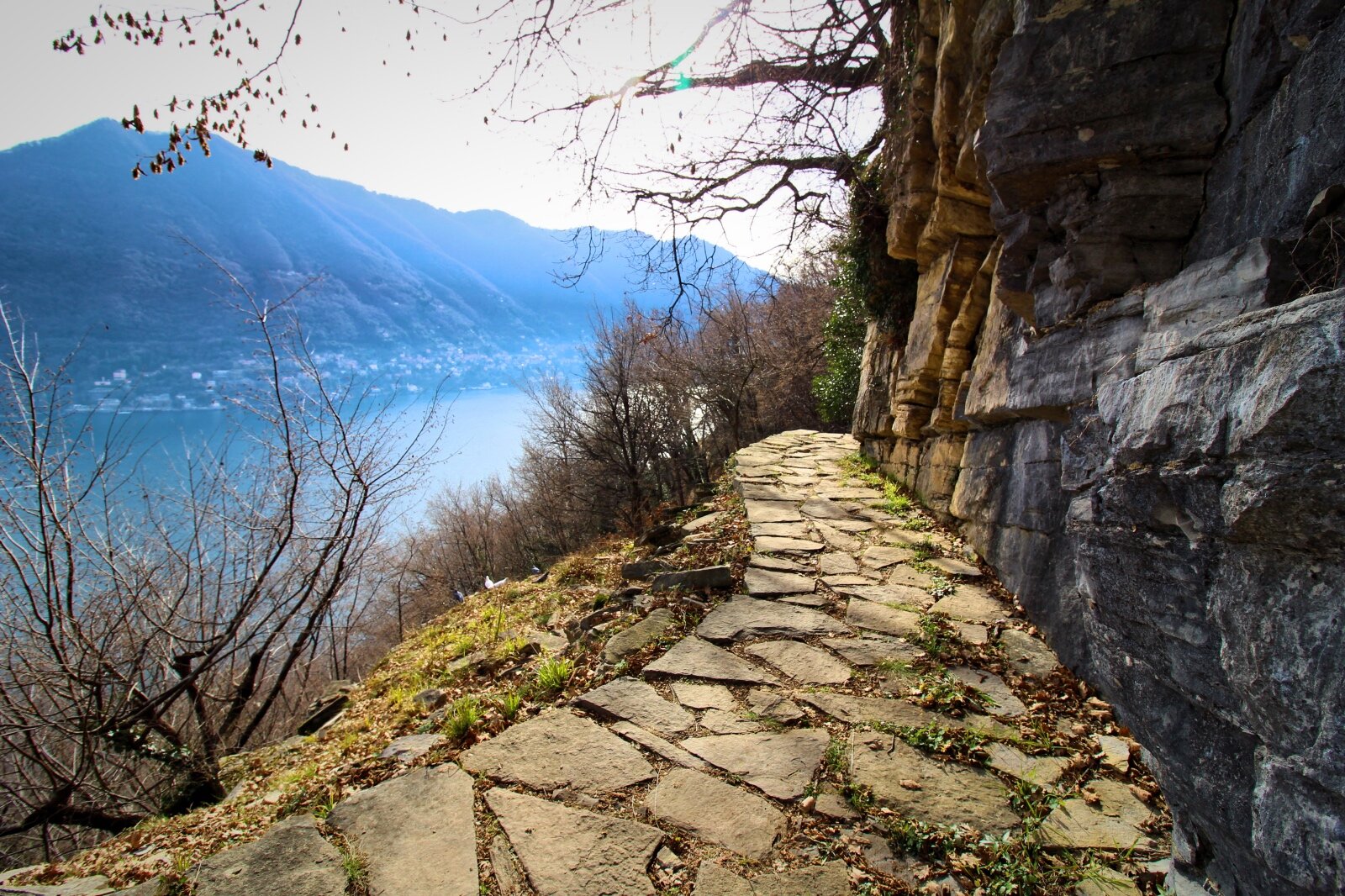
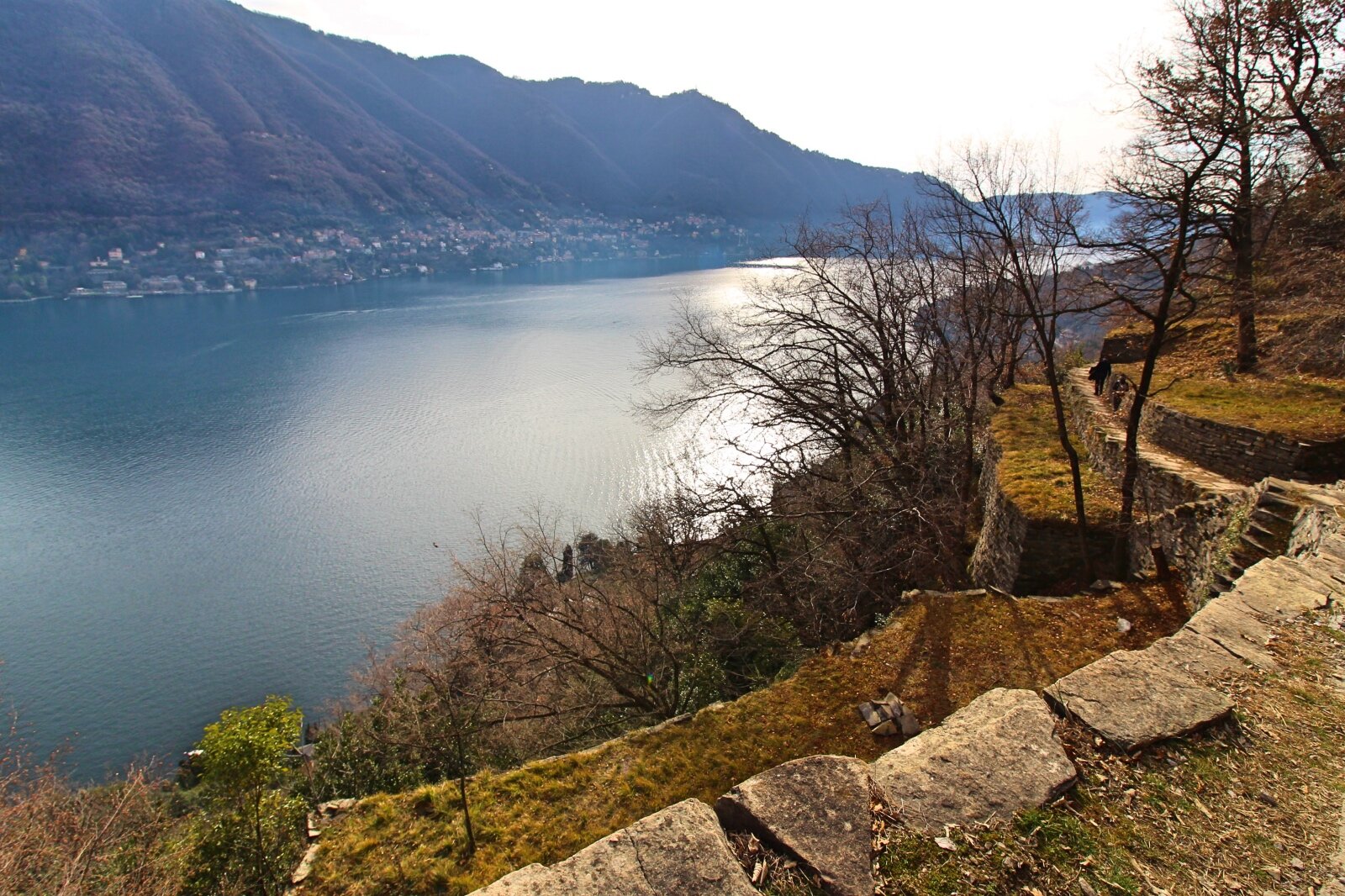
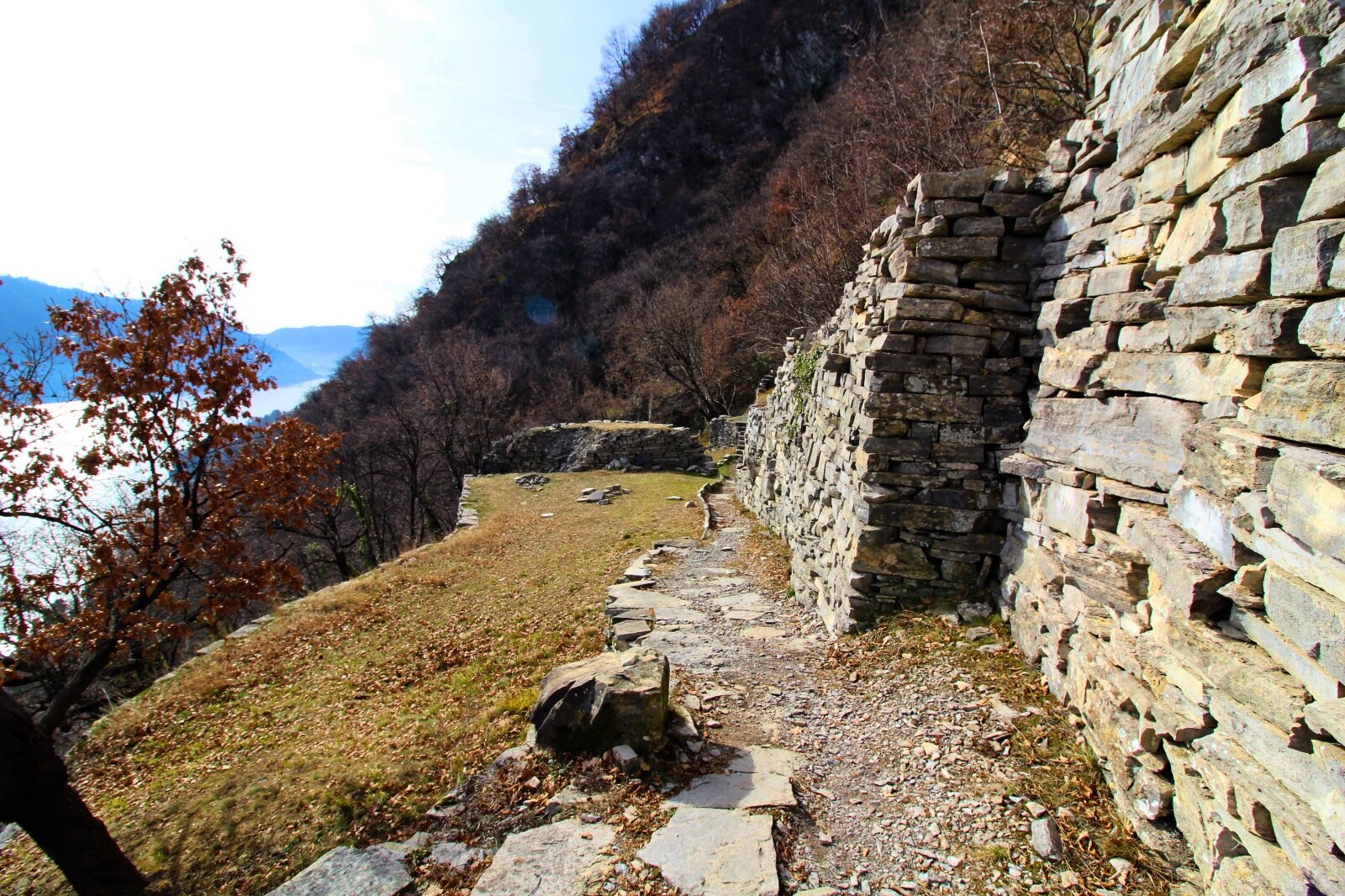
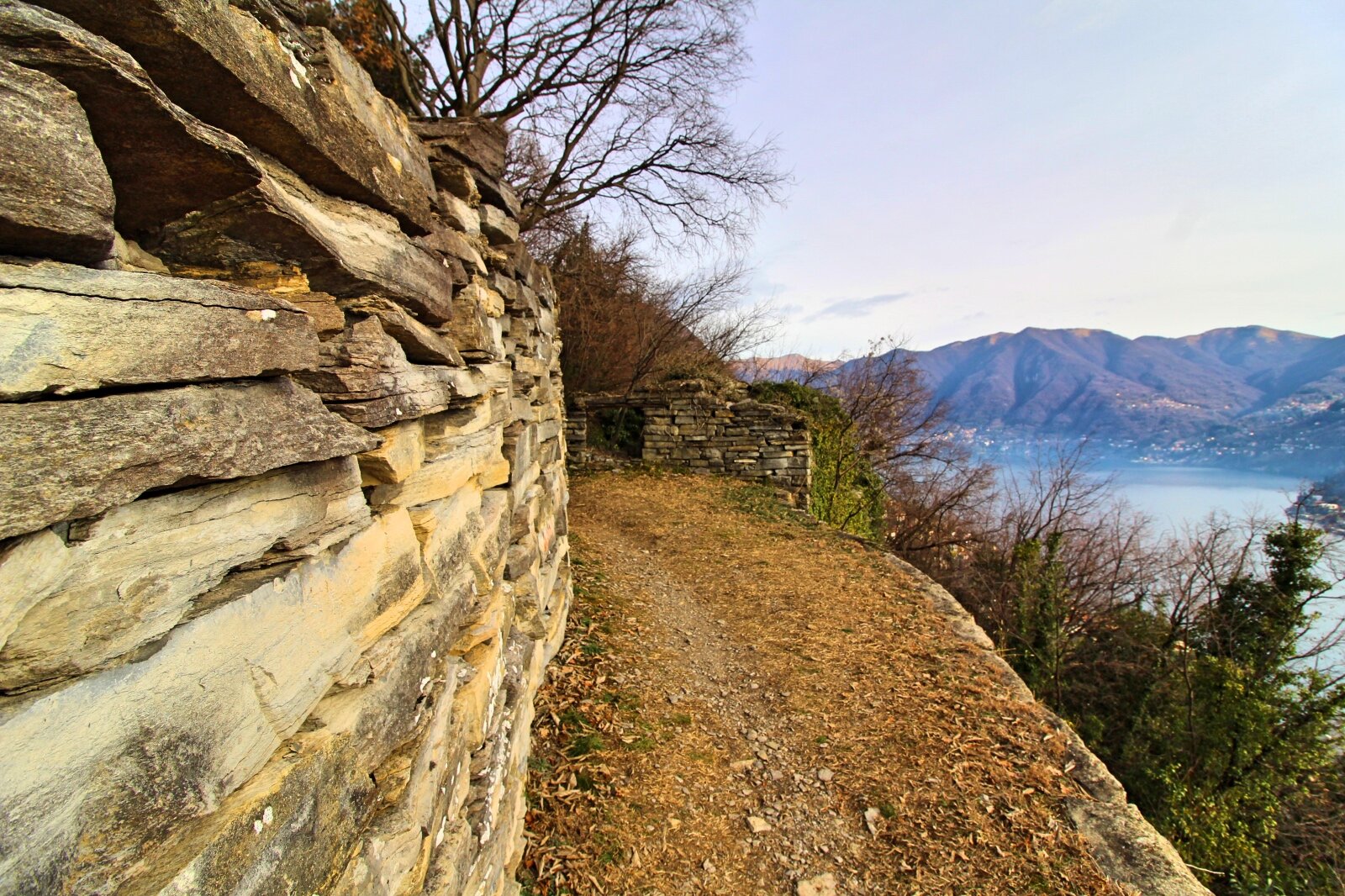
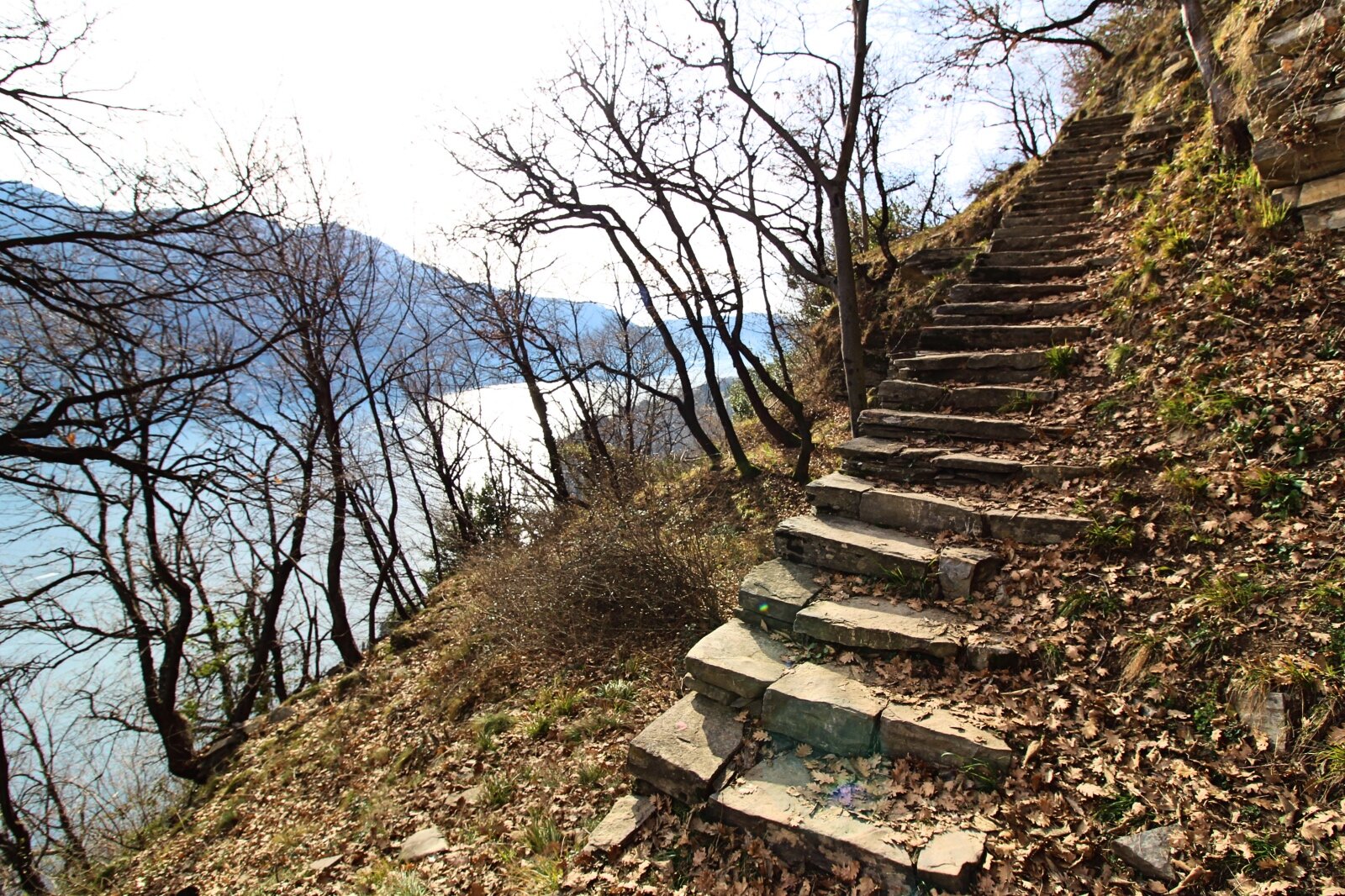
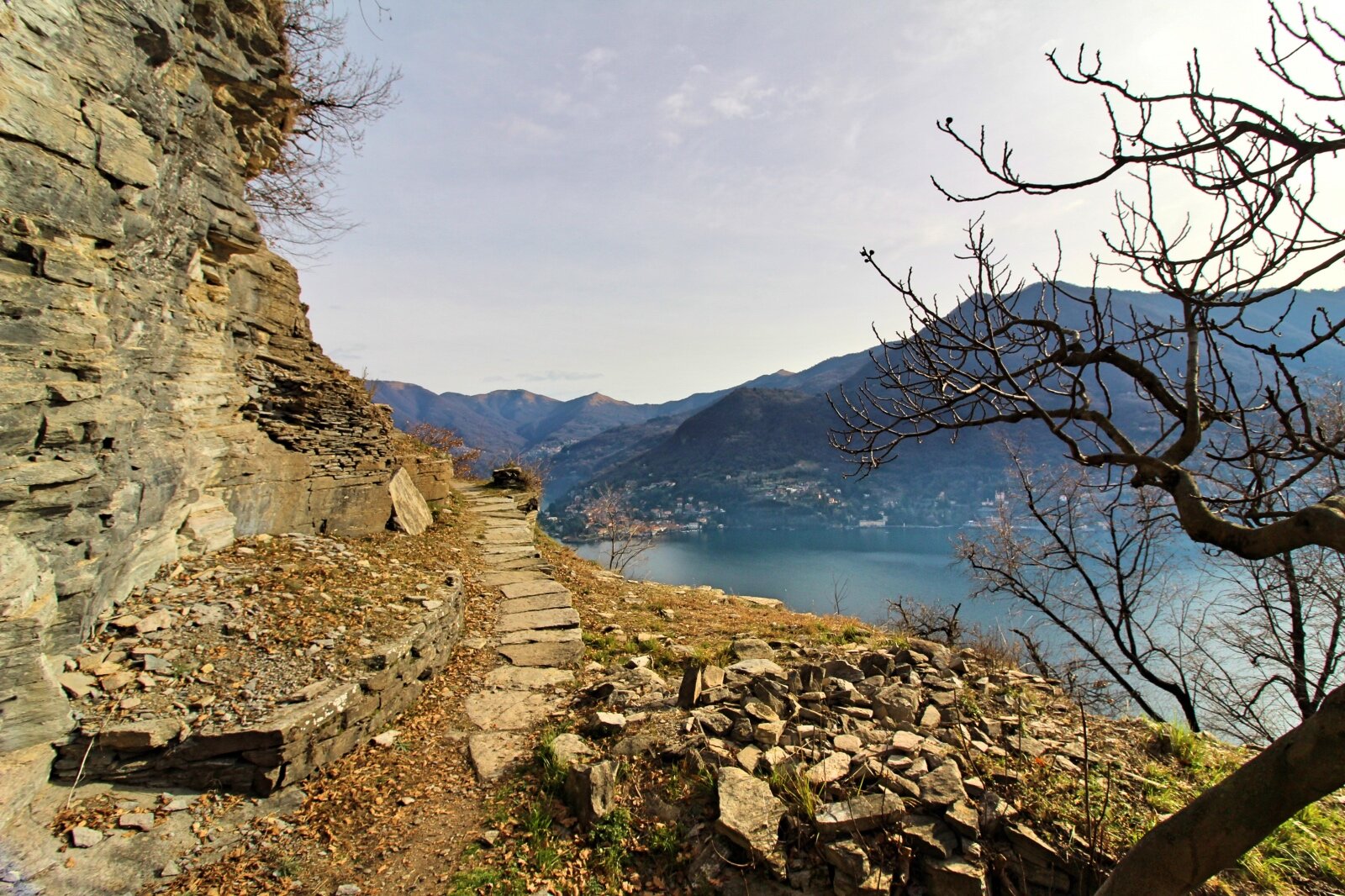
Once in the area where the ancient stone quarries used to be, it’s possible to take a breath in a stunning panoramic “balcony” admiring the lake. This corner seems to have come out of a Game of Thrones episode (with a bit of imagination you could see Drogon appear from behind the dry stone walls, ready to hover on the lake!): a sort of recreational area in the open space of the former “Niasc” quarry.
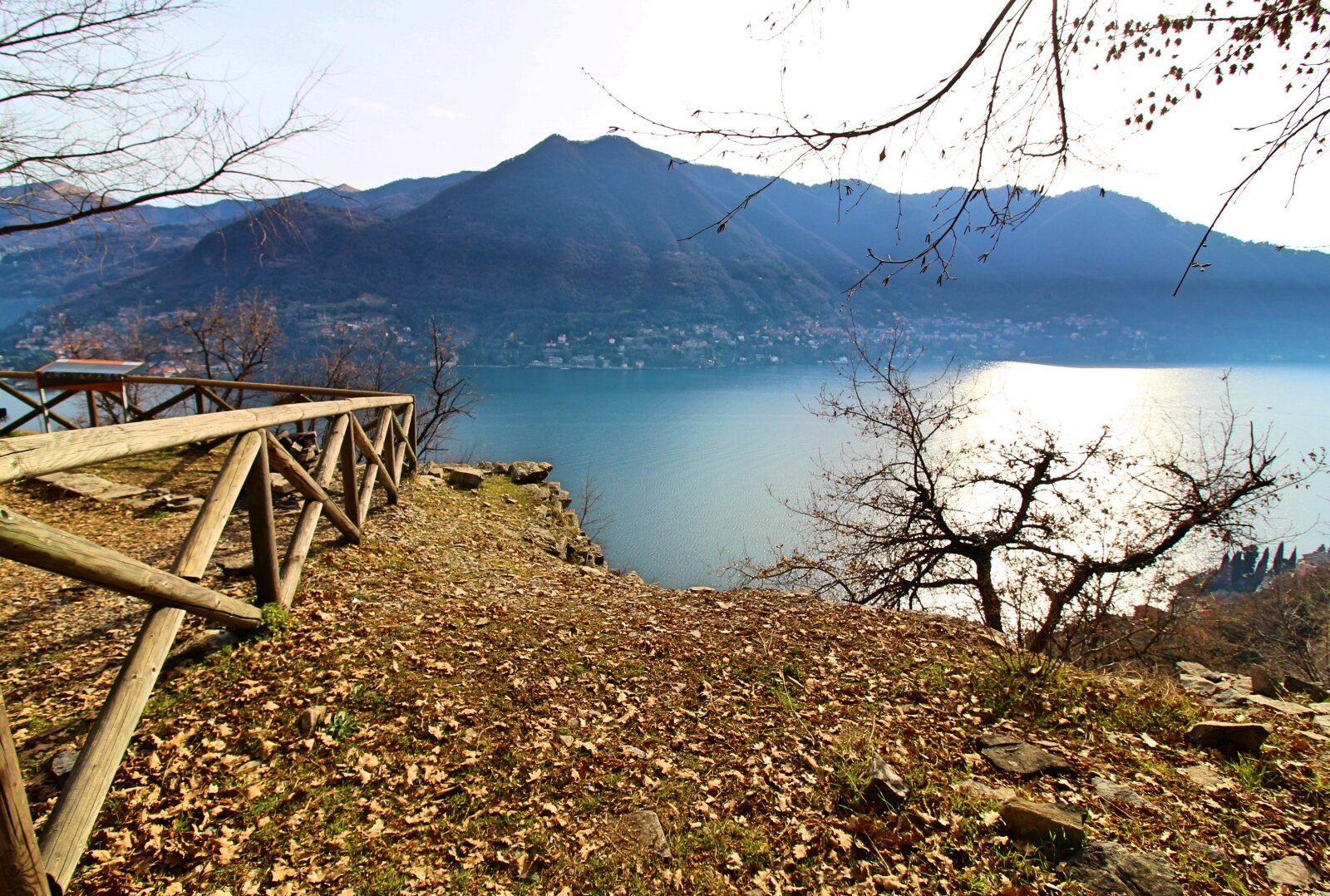

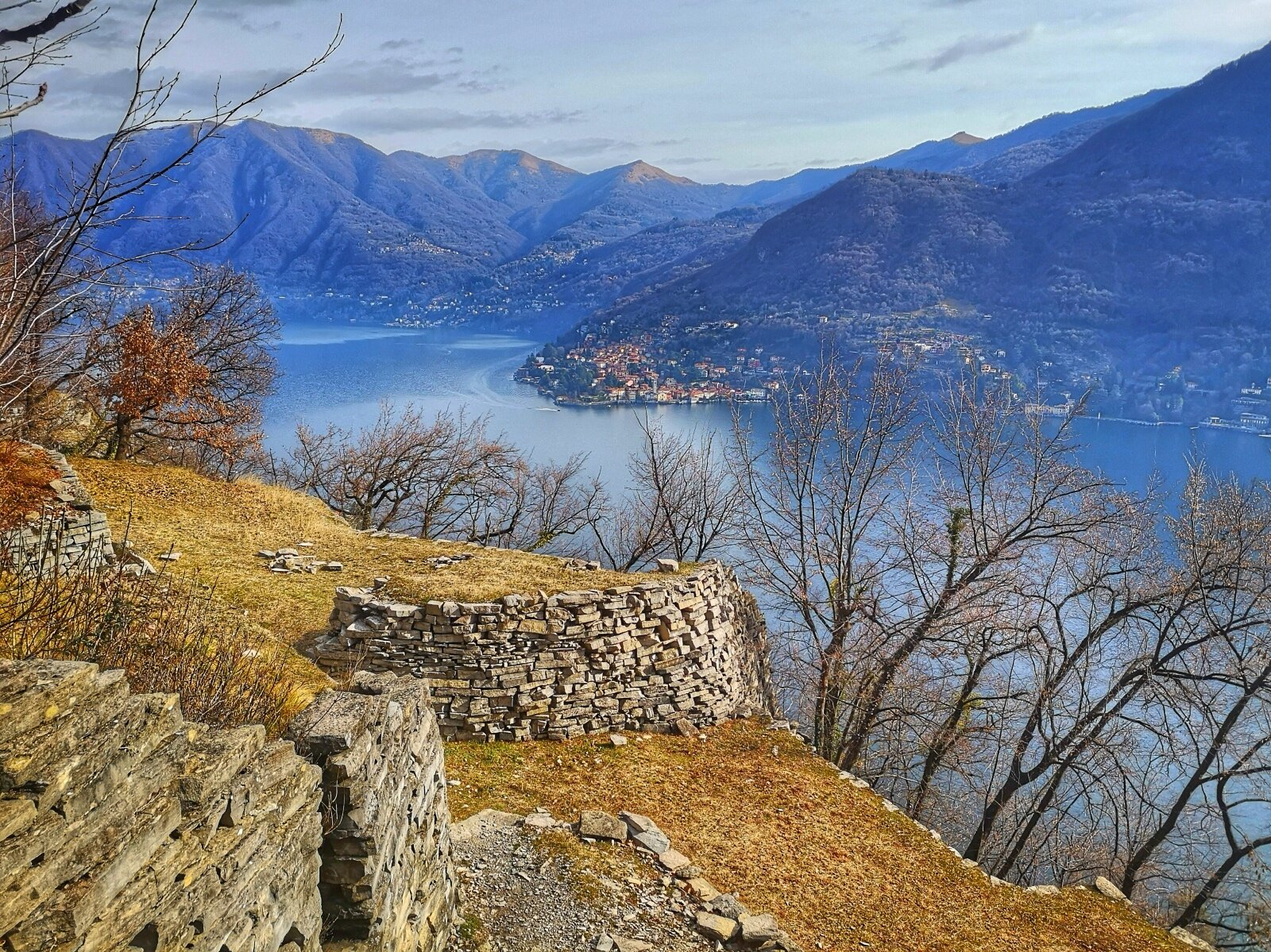
About the stone quarries
Moltrasio used to have 8 stone quarries in the past. Two of these, still visible along the path, are “la cava del Niasc”, which in local dialect means the quarry of “nest”, and “la cava Umbrelin”, which means small umbrella.
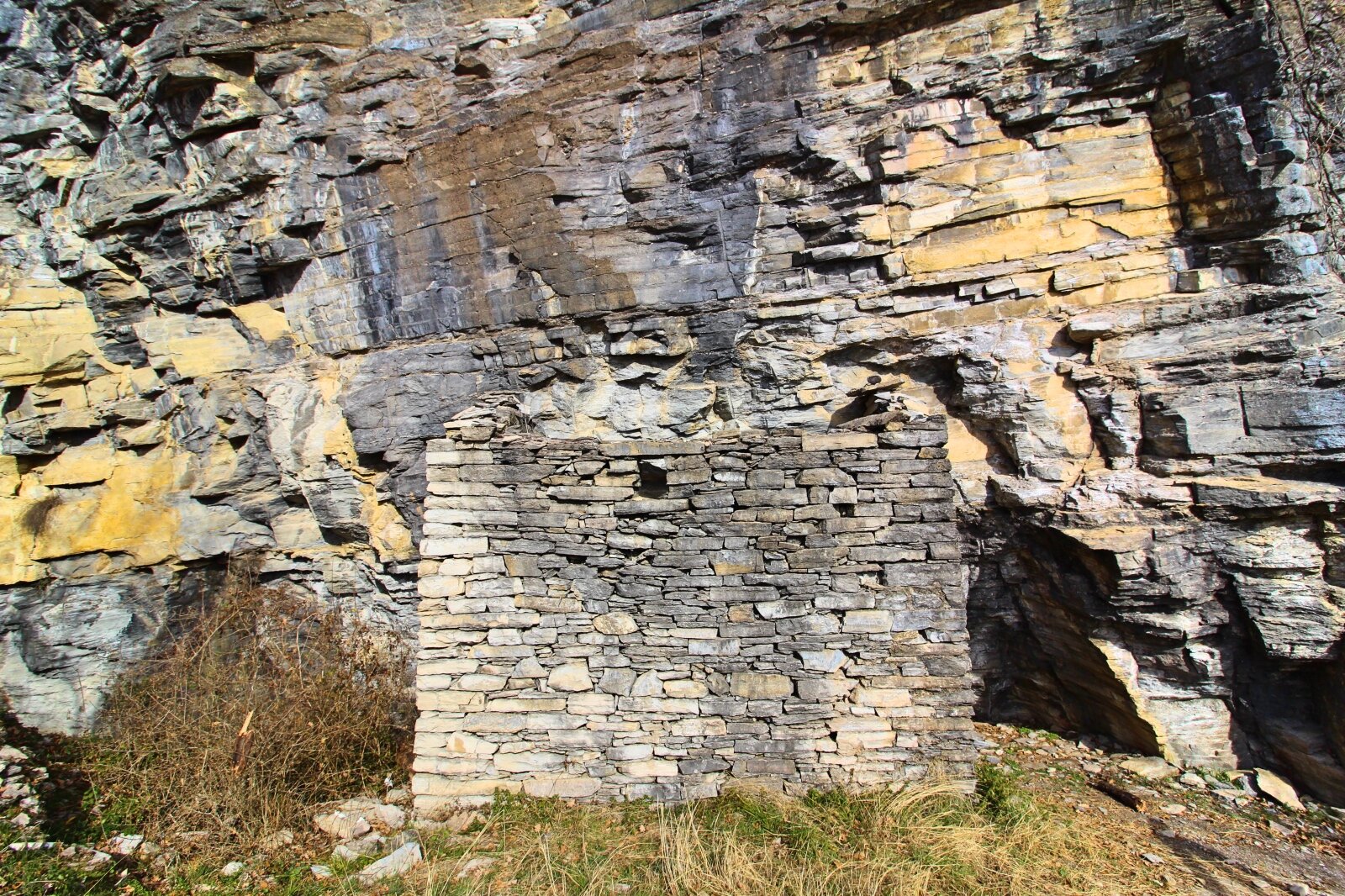
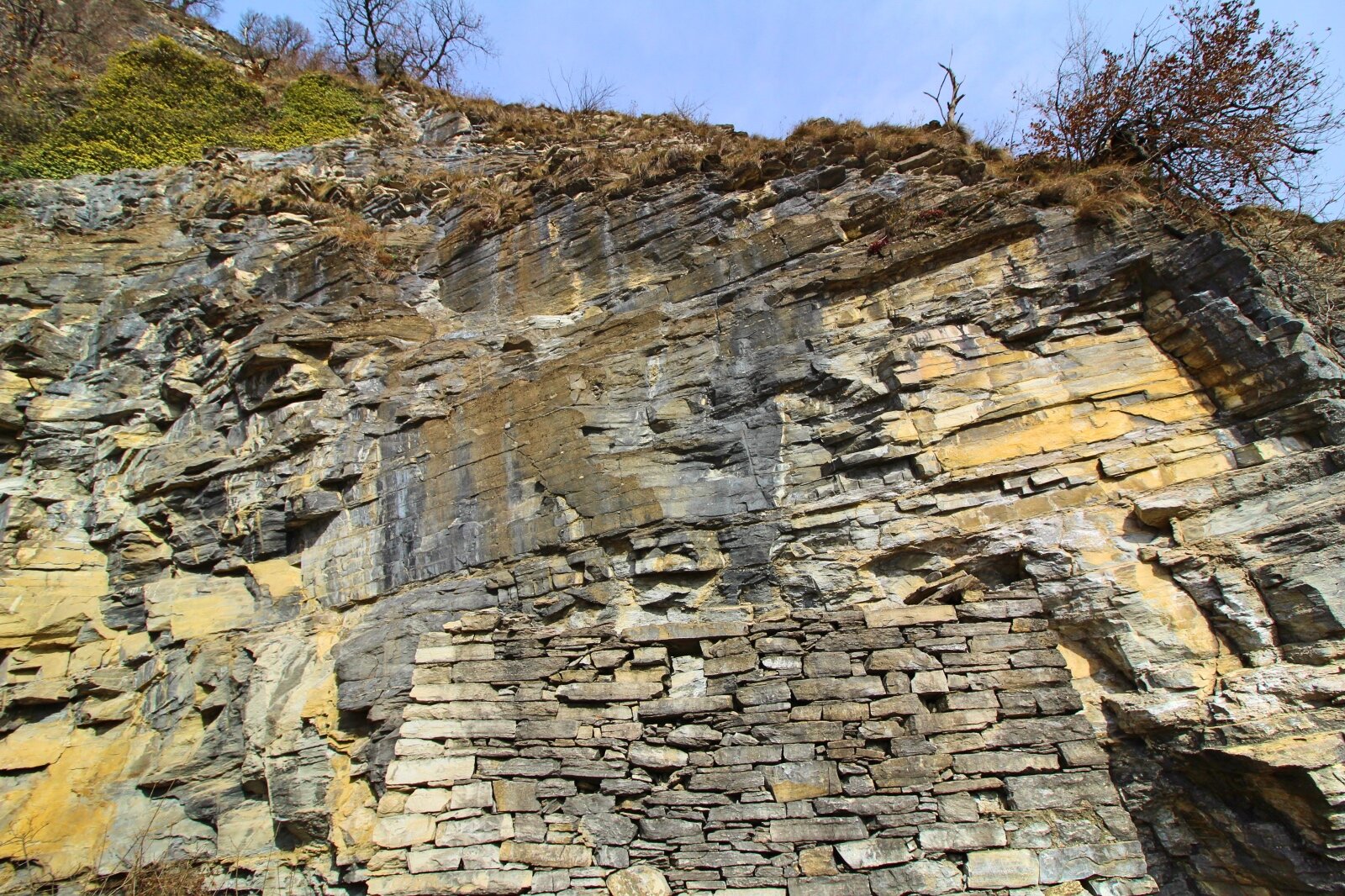
In the past, the ancient region known as Insubria (the actual provinces of Como, Varese and Canton Ticino in Switzerland) was characterized by the presence of several quarries; among others, the stone of Moltrasio’s quarries.
The stone of Moltrasio is well known because of the work of Maestri Comacini: this material was available for them thanks to the great competence of humble diggers and stonecutters. On a daily basis, these workers used to climb up to the quarries to extract the stone. In addition, they worked to secure and to keep the territory neat like we see it today. This can be seen on the tall dry-stone walls that are located along the trail: they have been built with the arising waste produced during the extraction of the rocks (therefore their construction and the extraction were done concomitantly).
© Lakeside
The activity in the stone quarries began during the Roman settlement in the area, and it was facilitated due to the construction of bridges and routes. The activity continued during the Renaissance, until the early 20th century.
© Lakeside
Dreaming a property in the locations described in this post, like Cernobbio or Moltrasio? We can help you in the research!




